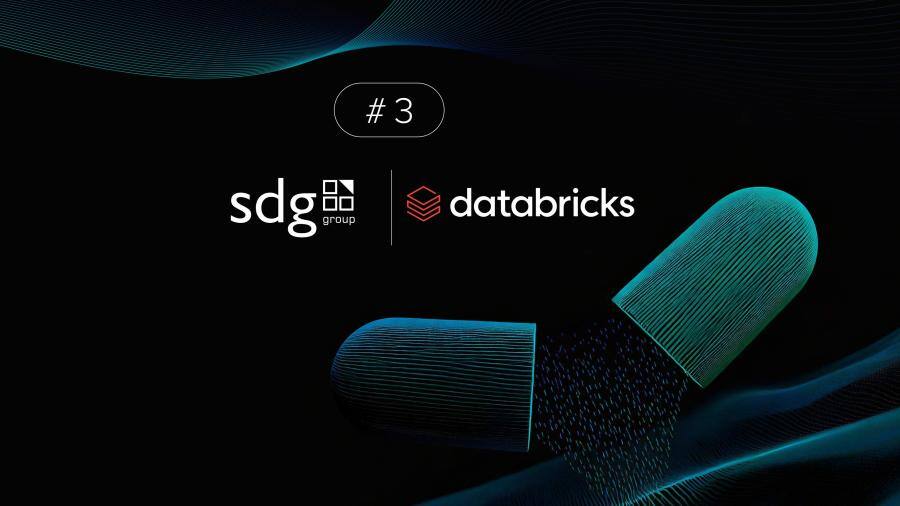In the rapidly evolving digital world, the role of business intelligence (BI) is being redefined.
Where traditional BI was confined to structured data and limited by the capabilities of enterprise search, the current landscape sees it expanding to encompass a vast array of digital assets. This shift is particularly significant, considering that by 2025, data creation is expected to surpass an astounding 180 zettabytes globally, highlighting the immense potential of unstructured data in BI strategies. For comparison, this is about 50% more than global data created in 2023.
Download the Full Trends Report
The Rise of the AI Data Analyst in Modern BI
This transformation is driven by a key insight: effective decision-making is based not just on data, but on an integrated analysis of diverse information sources. A notable embodiment of this change is the "AI Data Analyst" role, a synthesis of artificial intelligence and data analysis that is revolutionizing industry approaches to data. With AI's ability to automate routine tasks like data preparation – which is estimated to consume 45% of data scientists' time – human analysts can now focus on more strategic and complex data interpretations. SDG recently helped one of our clients transform their manual, time-intensive data reporting process into an efficient, AI-enhanced model for collecting business intelligence.
Real Client Use-Case: Fashion Industry
The client, a global fashion organization that designs, manufactures, and markets women's and men's apparel, was looking for a way to enhance their business intelligence and insights processes. SDG is currently leveraging AI in the form of Natural Language Modeling (NLM) to develop models that can understand, interpret, and generate language to help answer critical business queries for the fashion retailer. The natural language model can be integrated with other technologies and data analytics tools, such as recommendation systems, predictive analytics, and data visualization tools, to offer enhanced business insights to employees.
BI as an Advanced Analytical Ecosystem
Modern BI surpasses its original role of simply extracting insights from structured data, evolving into a sophisticated decision support ecosystem. This expanded view encompasses not only internal and external data but also integrates social media trends, historical archives, real-time feeds, and increasingly, Internet of Things (IoT) data. This inclusion broadens the scope of BI, turning it into a tool that not only interprets data but also predicts future scenarios and trends. We’ve seen this in the integration of advanced analytics tools - predictive modeling, machine learning, and natural language processing - within BI platforms.
This advanced BI paradigm not only aids in decision-making, but also plays a crucial role in risk management and regulatory compliance. By leveraging comprehensive data analysis, businesses can identify potential risks more quickly and adhere to evolving regulatory requirements more effectively. Furthermore, this enhanced BI approach enables companies to maintain a competitive edge by continuously optimizing their operations and strategies based on real-time insights and foresights derived from a diverse data ecosystem.
Shaping a Data-Driven Future for Global Businesses
In summary, today's BI has transformed into a dynamic, multifaceted decision support system. Its ability to incorporate diverse data sources, coupled with advanced analytical capabilities, empowers businesses to gain a more nuanced understanding of their operational environment, predict future trends, and adapt strategies with unprecedented agility and precision.
.png?width=2000&name=SDG%20-%20Logo%20White%20(1).png)



















